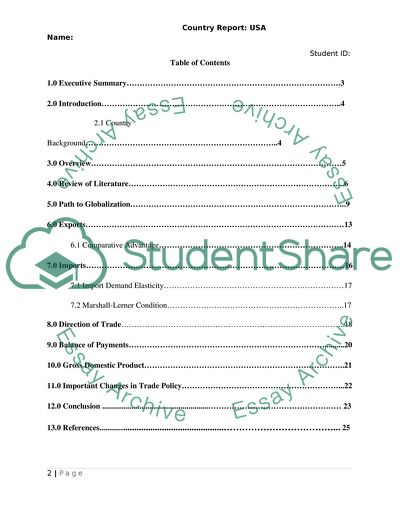Cite this document
(The Economic Prowess Made by the USA in Business Essay, n.d.)
The Economic Prowess Made by the USA in Business Essay. Retrieved from https://studentshare.org/macro-microeconomics/1734680-usa-country-report
The Economic Prowess Made by the USA in Business Essay. Retrieved from https://studentshare.org/macro-microeconomics/1734680-usa-country-report
(The Economic Prowess Made by the USA in Business Essay)
The Economic Prowess Made by the USA in Business Essay. https://studentshare.org/macro-microeconomics/1734680-usa-country-report.
The Economic Prowess Made by the USA in Business Essay. https://studentshare.org/macro-microeconomics/1734680-usa-country-report.
“The Economic Prowess Made by the USA in Business Essay”, n.d. https://studentshare.org/macro-microeconomics/1734680-usa-country-report.


